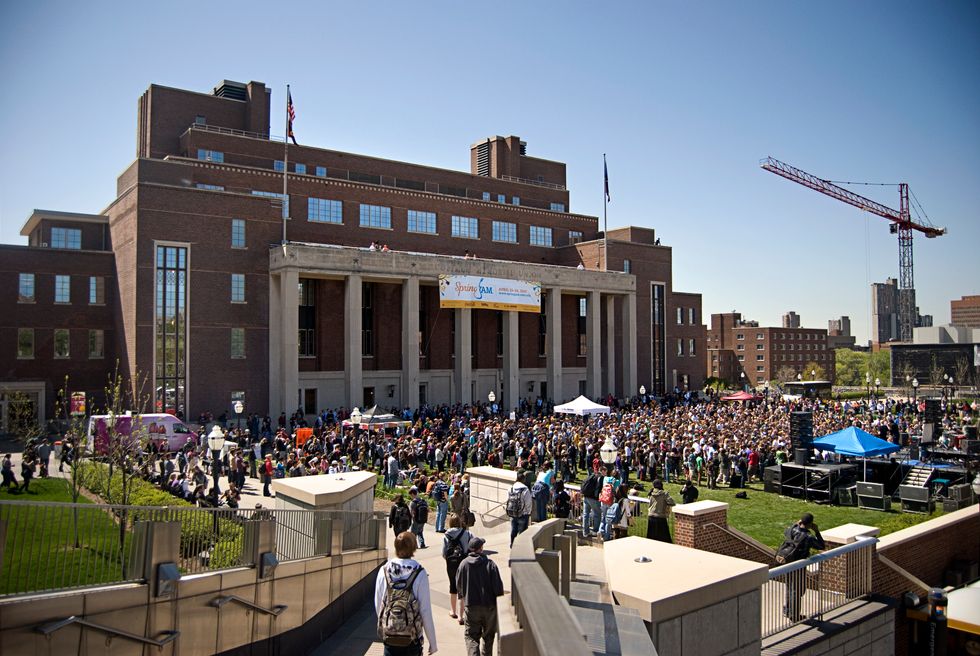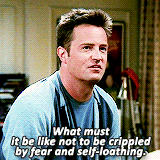Coffman Memorial Student Union is widely known as the center of the University of Minnesota Twin Cities' campus. It is mounted at the head of the symmetrical row of pristine university buildings surrounded by bustling students. It is an important location on campus that has truly become a key symbol of the university. Yet, the name "Coffman" (modeled after Lotus D. Coffman who was president of the University from 1922-1928) disguises a hurtful history of racism and antisemitism.
There is a temporary exhibit on campus called “A Campus Divided” that eloquently displays the dark truth hidden in the foundation of buildings on campus and the struggle and determination that students endured for equality— a battle that continues today.
In the 1930’s, the University of Minnesota was one of the few colleges that didn’t have quotas for the number of accepted African American and Jewish students yet has still managed to maintain a hierarchy system of races. One of the most dominated examples was the segregated housing, not only on but also off campus, funded by taxpayers and led by President Lotus D. Coffman.
Coffman made his active commitment distinctively clear when maintaining segregated housing and the “complete separation of students of different races in any part of social life.” He would repeatedly ask (in other terms force) African American students to leave housing that was designated for white students claiming, “only white students were entitled to live in campus housing paid for by Minnesota taxpayers.” These students would then be directed to Gertrude Brown, director of the Phyllis Wheatley House, who was expected to find housing for them “away from campus."
However, this segregation was not met without opposition. Not only did other administrators at the University of Minnesota and other universities speak out, but so did student activist groups on campus. They created allies among different student groups, gained great support from faculty and harnessed publicity through the African-American press.
After the death of Coffman in 1938, President Ford took over and firmly put a stop to segregated housing. Although, it was only a temporary feat as Walter Coffey became president only three years later and reinstated segregated housing. He even created an “International House," nicknamed the "Jim Crow House" because it was a house only for African American men thus denying access to any other race or gender.
And so, the fight continued.
It took until 1942 for President Coffey to capitulate to the pressure from the NAACP (National Association for the Advancement of Colored People) and end segregated housing. Yet, students didn't have the option to live in all on-campus housing options until 1954 when the university prohibited householders to exclude any student based on race, religion, or nationality.
This is the history of the name "Coffman."
The exhibit, “A Campus Divided: Progressives, Anti-Communists, Racism, and Anti-Semitism at the University of Minnesota, 1930-1942” is located at the Elmer L. Anderson Library on West Bank, now through November 30, 2017. It is a gallery of posters and photos that explain and provide archived evidence of the racial and economic inequality rooted in the history of the University of Minnesota - Twin Cities. It is an open event that allows you to view at your own pace. In addition, the exhibit is available for online viewing at your convenience.
At the end, the exhibit proposes multiple questions, some including, “Where do you see yourself in this exhibit?” and “With awareness of its troubling past, how can the university today foster an inclusive community where people of all backgrounds and political beliefs can flourish?” In response, the back wall is surrounded by a beautiful and colorful array of post-it notes generated by the public. A physical demonstration of the inspiring and passionate voices that fill this campus and their desire for equality.










































